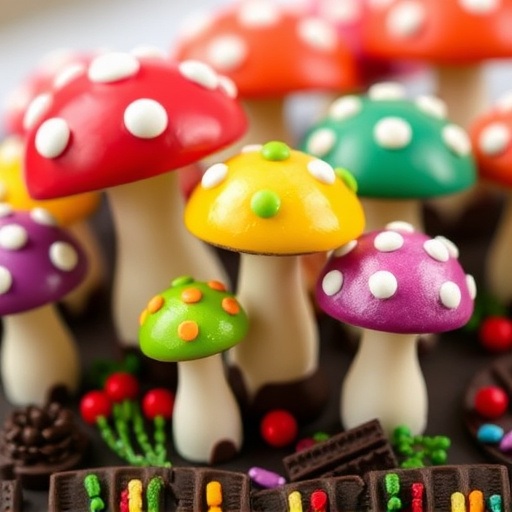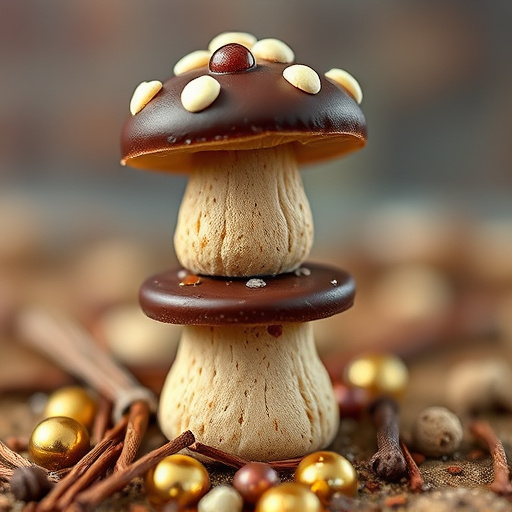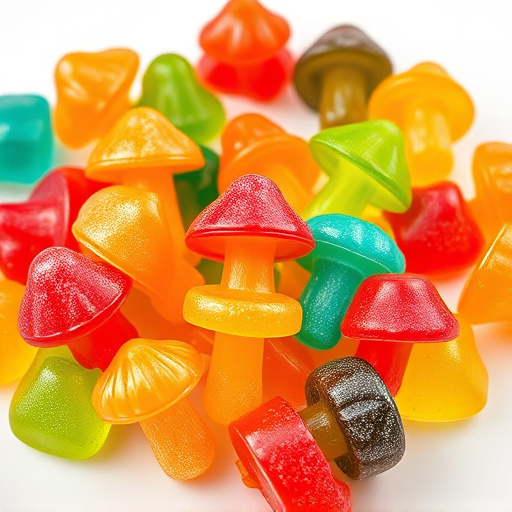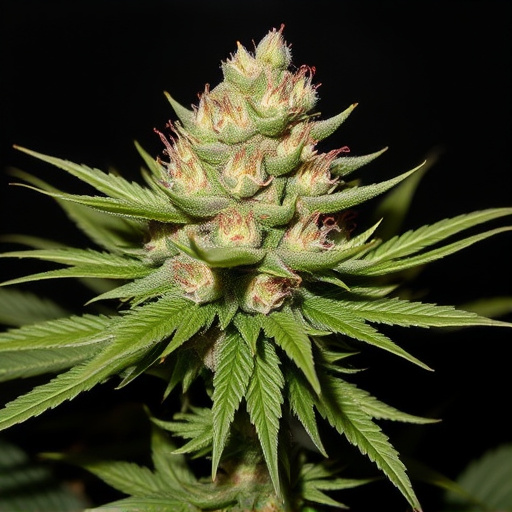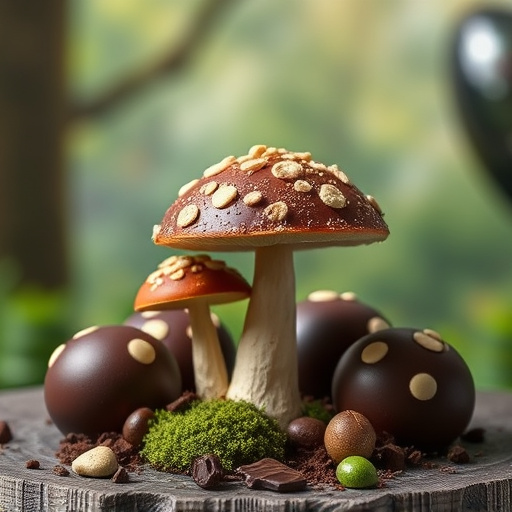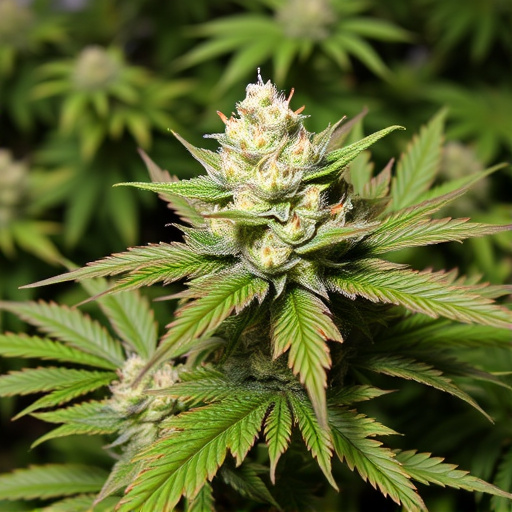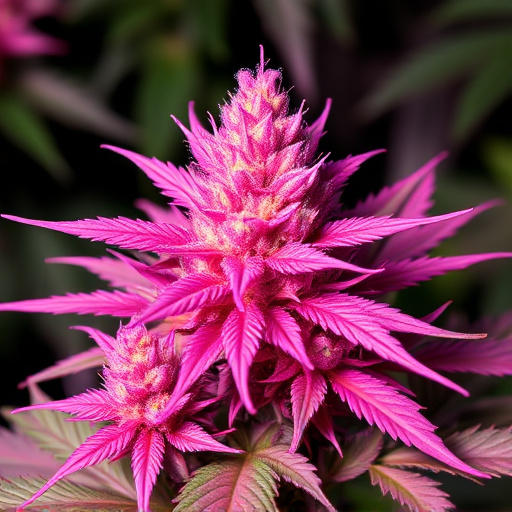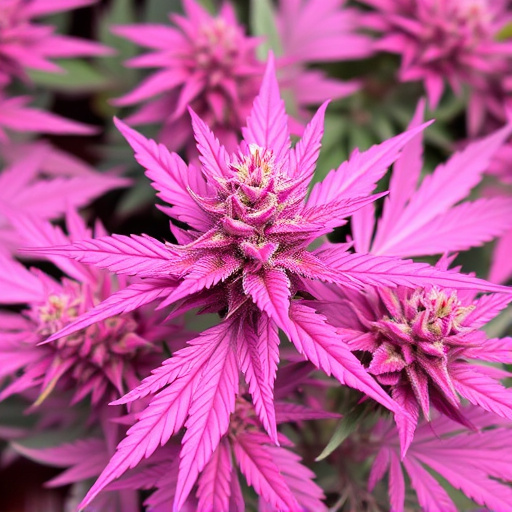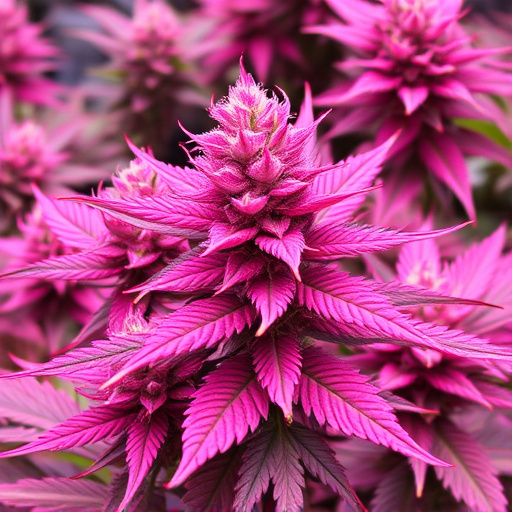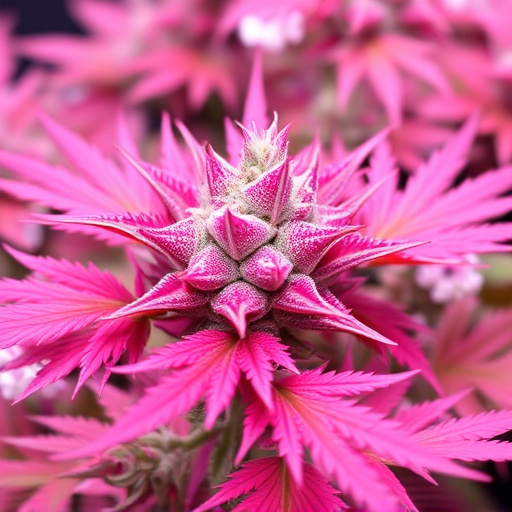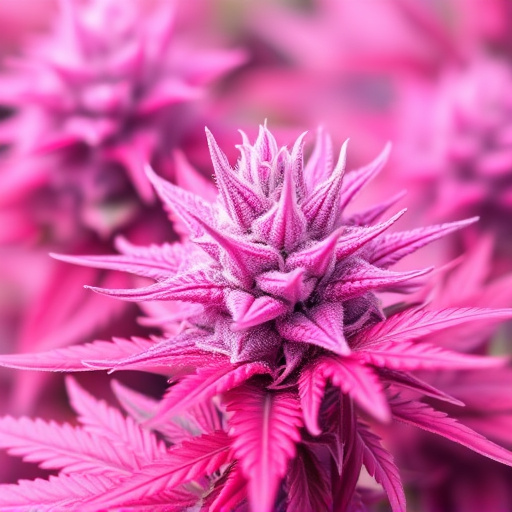Pink cannabis strains, rich in anthocyanins and specific cannabinoids/terpenes, interact with the body's endocannabinoid system (ECS). This interaction influences mood, memory, pain, and appetite—including the well-known "munchies" effect. Balanced THC and CBD profiles in these strains offer therapeutic benefits for stress and anxiety while potentially providing a more moderate appetite boost compared to higher THC varieties. The unique composition of pink cannabis makes it a popular choice for users seeking specific health effects without intense psychoactivity.
“Ever felt an overwhelming desire for snacks after a hit of cannabis? Welcome to the science behind ‘the munchies’. This phenomenon is more than just a curious side effect; it’s rooted in our body’s intricate endocannabinoid system. Our article navigates this fascinating interplay, delving into how pink cannabis strains, with their unique THC and CBD compositions, specifically target this system, leading to both pleasurable effects and potential health benefits. Let’s explore.”
- Understanding the Body's Response to Cannabis: The Endocannabinoid System
- Pink Cannabis Strains and Their Unique Composition: Effects and Benefits
- Exploring the Connection Between Hunger and Cannabis: The Role of THC and CBD
Understanding the Body's Response to Cannabis: The Endocannabinoid System
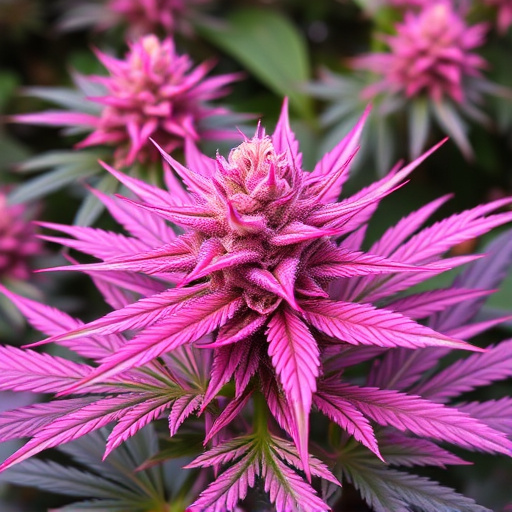
The human body has an intricate system that responds to cannabis, known as the endocannabinoid system (ECS). This system plays a crucial role in regulating various physiological processes, including appetite, mood, memory, and pain sensation. When someone consumes cannabis, particularly pink cannabis strains, which are renowned for their unique therapeutic properties, the plant’s compounds interact with this endogenous system.
The ECS consists of endocannabinoids, receptors, and enzymes that work together to maintain homeostasis—the body’s internal balance. One of the key compounds in cannabis, tetrahydrocannabinol (THC), binds to cannabinoid receptors in the brain and other parts of the body, triggering a cascade of reactions. This interaction can lead to increased hunger, hence the infamous ‘munchies’ often associated with cannabis consumption. Understanding this complex interplay between cannabis and the ECS offers valuable insights into why certain strains, like pink cannabis varieties, might evoke specific physiological responses in individuals.
Pink Cannabis Strains and Their Unique Composition: Effects and Benefits
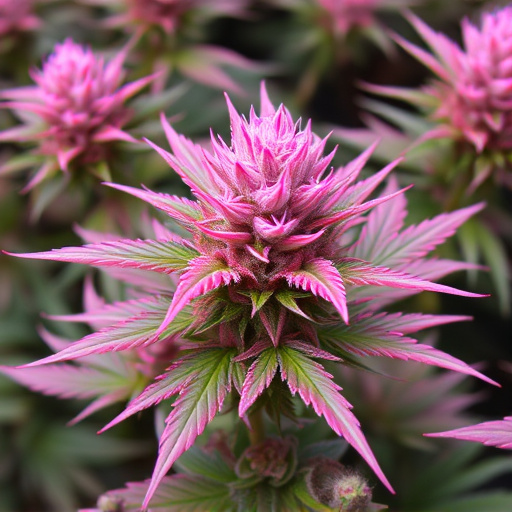
Pink cannabis strains have garnered attention for their distinct appearance and unique composition. These strains often contain elevated levels of cannabinoid profiles, particularly terpenes, which contribute to their soothing and calming effects. The pink hue in cannabis is usually an indication of high levels of anthocyanins, powerful antioxidants that not only give the flowers their color but also offer potential health benefits.
One of the key advantages of pink cannabis strains is their ability to provide a more balanced and mellow high compared to some of their counterparts. Terpenes like myrcene and linalool, prevalent in these strains, are known for their calming properties, promoting relaxation and better sleep. Additionally, studies suggest that the cannabinoid profile of pink strains may interact synergistically with the terpenes, enhancing overall therapeutic effects, making them a popular choice among users seeking relief from stress and anxiety without feeling overly sedated.
Exploring the Connection Between Hunger and Cannabis: The Role of THC and CBD
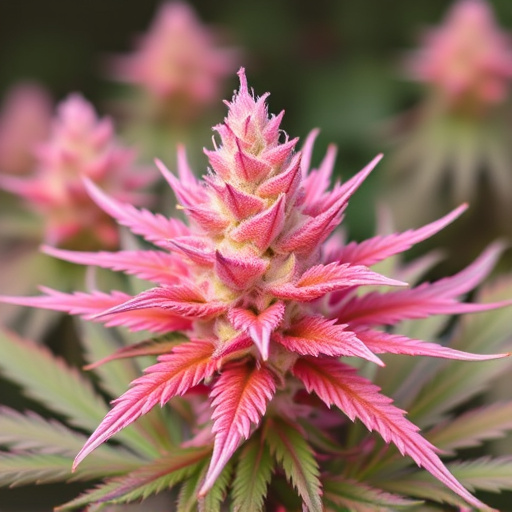
The relationship between hunger and cannabis is a fascinating area of study, particularly as the active compounds within the plant, THC (tetrahydrocannabinol) and CBD (cannabidiol), have shown promising effects on appetite stimulation. Research suggests that THC, known for its psychoactive properties, can directly influence ghrelin, the ‘hunger hormone’. This interaction may lead to increased feelings of hunger, a phenomenon often referred to as ‘the munchies’. Interestingly, certain pink cannabis strains, renowned for their balanced THC and CBD profiles, might offer a more nuanced approach to this effect.
While THC’s role in enhancing appetite is well-documented, CBD has gained attention for its potential in managing nausea and pain, which could indirectly impact food intake. The interplay between these compounds creates a complex dynamic, especially when considering the diverse range of cannabis strains available. For instance, pink cannabis strains, with their subtle aromas and unique terpene profiles, may provide a more moderate munchies experience, catering to those seeking a subtle yet effective appetite boost without the intense psychoactivity associated with higher THC concentrations.
In understanding the science behind the munchies, we’ve explored the intricate relationship between cannabis consumption and appetite stimulation. The endocannabinoid system plays a pivotal role in regulating hunger, while specific compounds within pink cannabis strains offer unique effects and benefits. THC and CBD, in particular, have been linked to heightened hunger sensations, providing insights into why consumers often experience the infamous “munchies.” As the market for legal cannabis continues to expand, recognizing these scientific factors can empower users to make informed decisions regarding their preferred strains, ultimately enhancing their overall experience.
